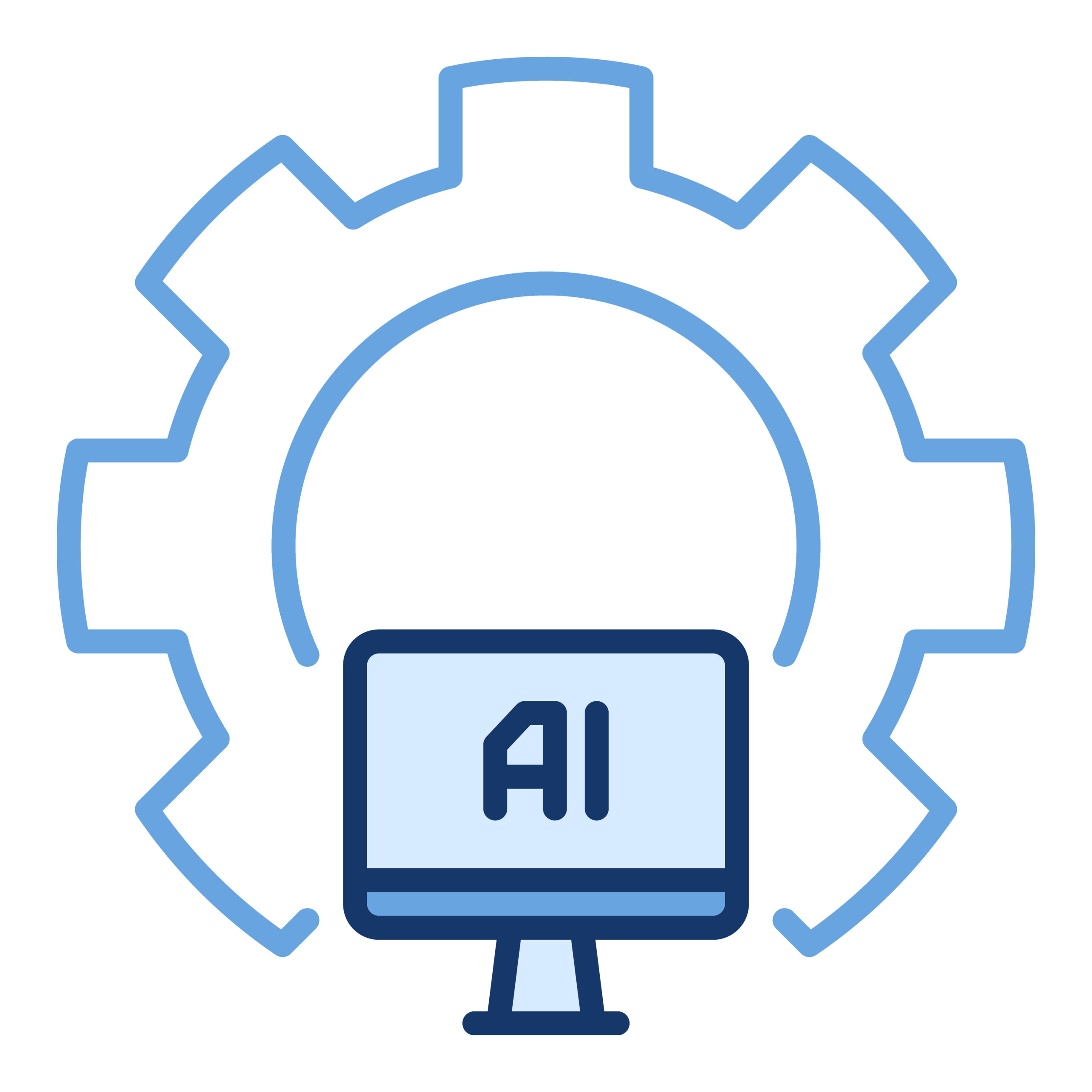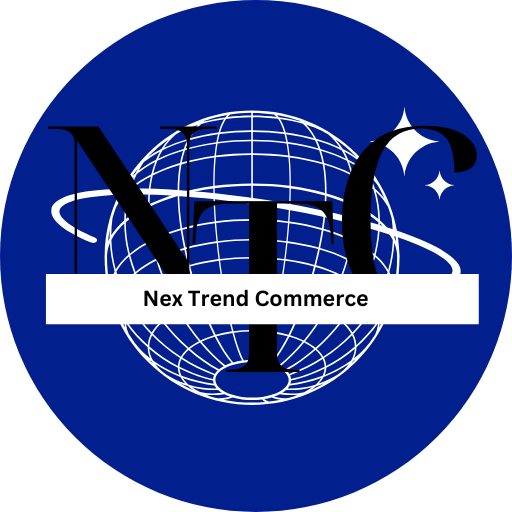Introduction
In a data-driven world, predictive analytics is no longer a luxury for large corporations. Small businesses can now harness its power to make informed decisions, forecast trends, and stay ahead of the competition. By using historical data and advanced algorithms, predictive analytics transforms raw information into actionable insights, enabling businesses to optimize operations and improve customer satisfaction. Here, we explore how small businesses can leverage predictive analytics for substantial growth.
Improved decision-making
Predictive analytics eliminates guesswork, enabling businesses to make informed and strategic decisions based on data trends.
- How it works:
Predictive models analyze historical data, such as sales patterns or customer behaviors, to anticipate future outcomes. For example, a coffee shop may use sales data to predict demand during specific seasons or times of the day. - Detailed impact:
Data-backed decisions reduce the risk of costly mistakes, ensuring that resources are allocated efficiently. For instance, a small retail store can determine which products to restock based on predictive sales forecasts, avoiding excess inventory and improving cash flow.
Personalized customer experiences
In today’s market, customers expect personalized interactions, and predictive analytics makes it easier for businesses to deliver.
- How it works:
By analyzing purchase history, browsing patterns, and demographic data, businesses can predict customer preferences. A small boutique, for example, can recommend products based on a customer’s past purchases or offer tailored discounts during their birthdays. - Detailed impact:
Personalized experiences create stronger emotional connections, leading to increased customer loyalty and higher conversion rates. For small businesses, this can mean turning one-time buyers into repeat customers.

Enhanced marketing strategies
Predictive analytics helps businesses understand what works—and what doesn’t—allowing for more effective marketing campaigns.
- How it works:
Analytics tools identify which channels, messages, and audiences yield the best results. For instance, a local gym can analyze past promotions to determine what times of year customers are most likely to purchase memberships or sign up for classes. - Detailed impact:
Targeted marketing leads to higher engagement rates and improved ROI. Instead of wasting resources on broad campaigns, small businesses can focus their efforts on strategies that deliver measurable results.
Optimized inventory management
Managing inventory is a critical challenge for small businesses, and predictive analytics offers a solution.
- How it works:
By analyzing sales trends, seasonal patterns, and external factors (e.g., holidays, weather), predictive tools can forecast demand for specific products. For example, a bakery may predict an increase in sales for festive pastries during the holidays. - Detailed impact:
Businesses can maintain optimal inventory levels, minimizing waste and ensuring product availability. This improves customer satisfaction while reducing holding and stockout costs.
Proactive problem-solving
Predictive analytics not only identifies opportunities but also flags potential issues before they escalate.
How it works:
By analyzing customer churn data, businesses can predict which customers are likely to leave and take proactive steps to retain them. For example, a subscription box company may notice a decline in engagement from certain users and offer discounts or incentives to keep them subscribed.Detailed impact:
Proactive measures strengthen customer relationships and reduce revenue loss from attrition. Addressing issues early also enhances your brand’s reputation for being responsive and attentive.

Driving long-term growth
By aligning predictive analytics with long-term business strategies, small businesses can scale more effectively.
How it works:
Predictive models forecast market trends, enabling businesses to plan future expansions, product launches, or pricing adjustments. For example, a local clothing brand might analyze consumer preferences to introduce a new product line that aligns with emerging fashion trends.Detailed impact:
Anticipating market demands positions small businesses as proactive innovators, setting them apart from competitors. This leads to sustainable growth and a stronger market presence.
Real-life example: A small business success story
A small health food store in a suburban area faced fluctuating sales due to seasonal demand. By using predictive analytics, they:
- Identified that smoothie sales peaked during summer months and marketed them heavily from June to August.
- Predicted a rise in sales of immunity-boosting supplements during flu season, ensuring sufficient inventory.
- Achieved a 25% revenue increase over one year by aligning stock and promotions with predicted trends.
Conclusion
Predictive analytics equips small businesses with the tools to anticipate trends, personalize customer experiences, and optimize operations. By turning data into actionable insights, businesses can reduce risks, seize opportunities, and drive sustainable growth.
Embracing predictive analytics isn’t just about staying competitive—it’s about unlocking your business’s full potential. The future belongs to those who act today. Are you ready to make data-driven decisions?
